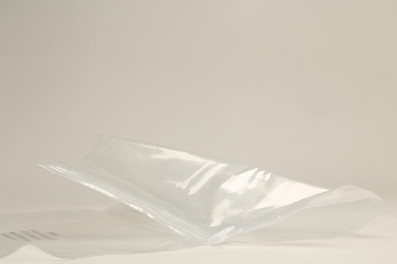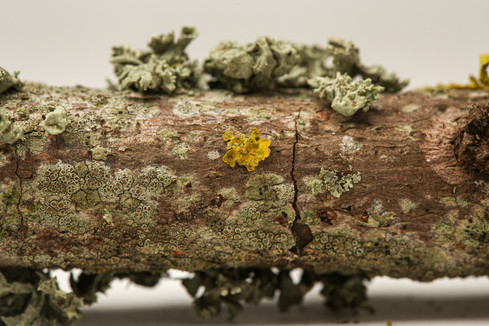•
Multispecies
adjective
: composed of, containing, or involving two or more species and especially biological species
•
Looking closer at the bark and what grows and lives on, around and behind it in different ways. I am doing one experiment where I take four different pieces of bark and take away oxygen, put it in water, and soil and let it dry. I will see how the bark is affected by these changes for a week. I am also looking closely at the patterns and the lichen growing on these bark pieces.
EXPERIMENT:

No oxygen, Water, Soil, and Air.

Bark without oxygen
Bark in water
Bark in soil
Bark dried out
I have a vacuum bag in which I put the bark. It was very difficult to get all of the air out of the bag but I did it as well as I could by putting it under water to get the air out.
The water in this container is from the sea at my site and I wanted to see how the bark reacted to the seawater for a long time.
When bark spends some time in some soil I expect it to start to degrade. But I am not sure how it will be after a week's time and what it will look like.

For this one, I will just let it air dry by itself to see what happens to the stick.
CLOSE LOOK:
I looked at 3 different pieces of sticks with bark and lichen growing on them. I was reading about lichen and it is not only a fungi. I found on The British Lichen Society: "A lichen is not a single organism; it is a stable symbiotic association between a fungus and algae and/or cyanobacteria." (What Is a Lichen?, n.d.) I had to look into what cyanobacteria were and found this on the Oxford Dictionary:
a division of microorganisms that are related to the bacteria but are capable of photosynthesis. They are prokaryotic and represent the earliest known form of life on the earth.
microorganisms of the Cyanobacteria division; blue-green algae. noun: cyanobacterium; plural noun: cyanobacteria "cultures of algae and cyanobacteria"
So the whole system with the different types of lichen Lichen Symbiosis, Lichen Fungi, and Lichen Photobionts all help each other thrive. In an article I found by A Aschenbrenner et al. (2016), they say: "The recent results about bacterial associations with lichens symbioses corroborate their notion as a multi-species symbiosis." I understand that the lichens symbioses together with the other organisms make it a multi-species organism. I find that very interesting because in nature I think any animals, plants and organisms are working with each other and are dependent on and interconnected with each other. I will look into the interconnectedness in a separate blog post.

Exploding the different parts of the stick to get a deeper understanding of the different things happening on it. The dark colour on the top and bottom shows the different shapes of the stick and then we can see the different parts exploded in the middle. The different types of lichen, the small dots and the patterns above it. Then I wanted to see where the cracks in the bark was. Finally, I looked at the part where there are some black dots.
There are many different patterns on the stick that is very interesting to look at and to see where they are. The cracks in the bark is a great spot for the animals to take shelter or for water to be collected. The lichen is starting to make its way up the stick and has already covered the bark in many different ways and forms.
References:
What is a Lichen? (n.d.). The British Lichen Society. https://britishlichensociety.org.uk/learning/what-is-a-lichen
A Aschenbrenner, I., Cernava, T., Berg, G., & Grube, M. (2016). Understanding Microbial Multi-Species Symbioses. Understanding Microbial Multi-Species Symbioses. https://www.frontiersin.org/articles/10.3389/fmicb.2016.00180/full#:~:text=Lichens%20are%20commonly%20recognized%20as,energy%20source%20for%20the%20system.








































































Comments